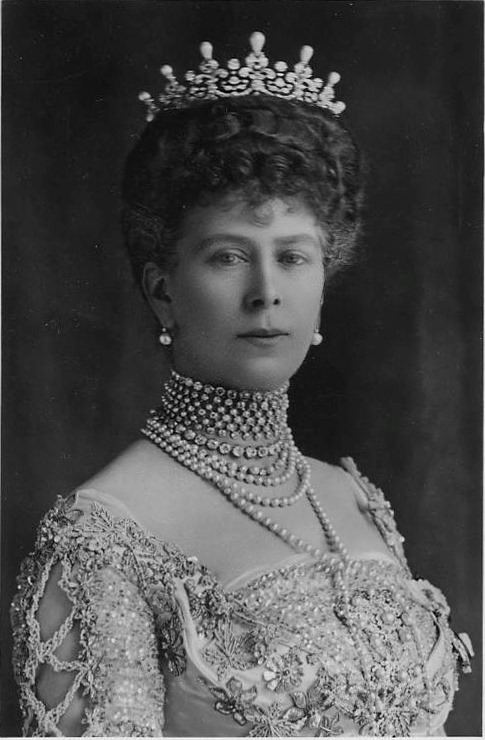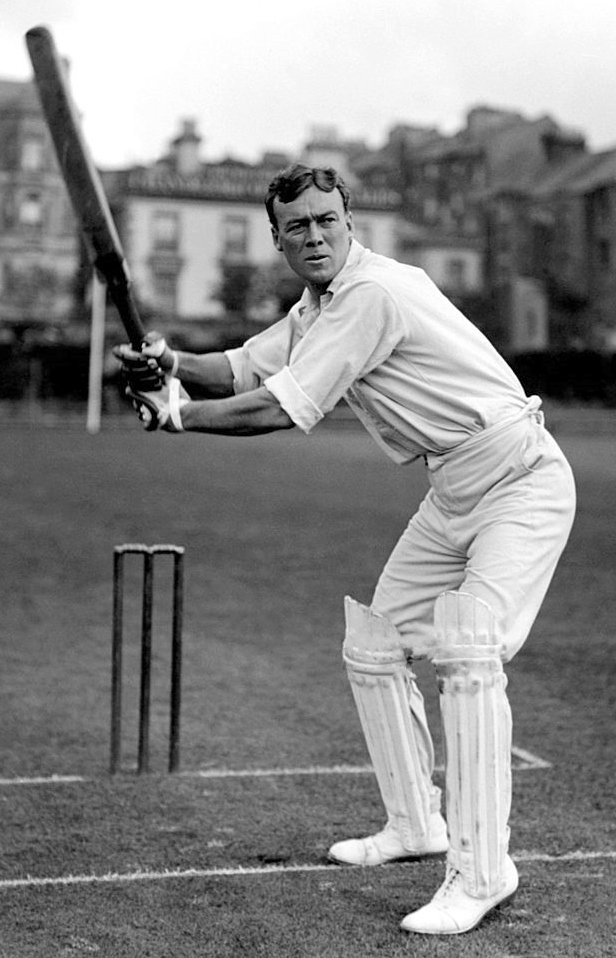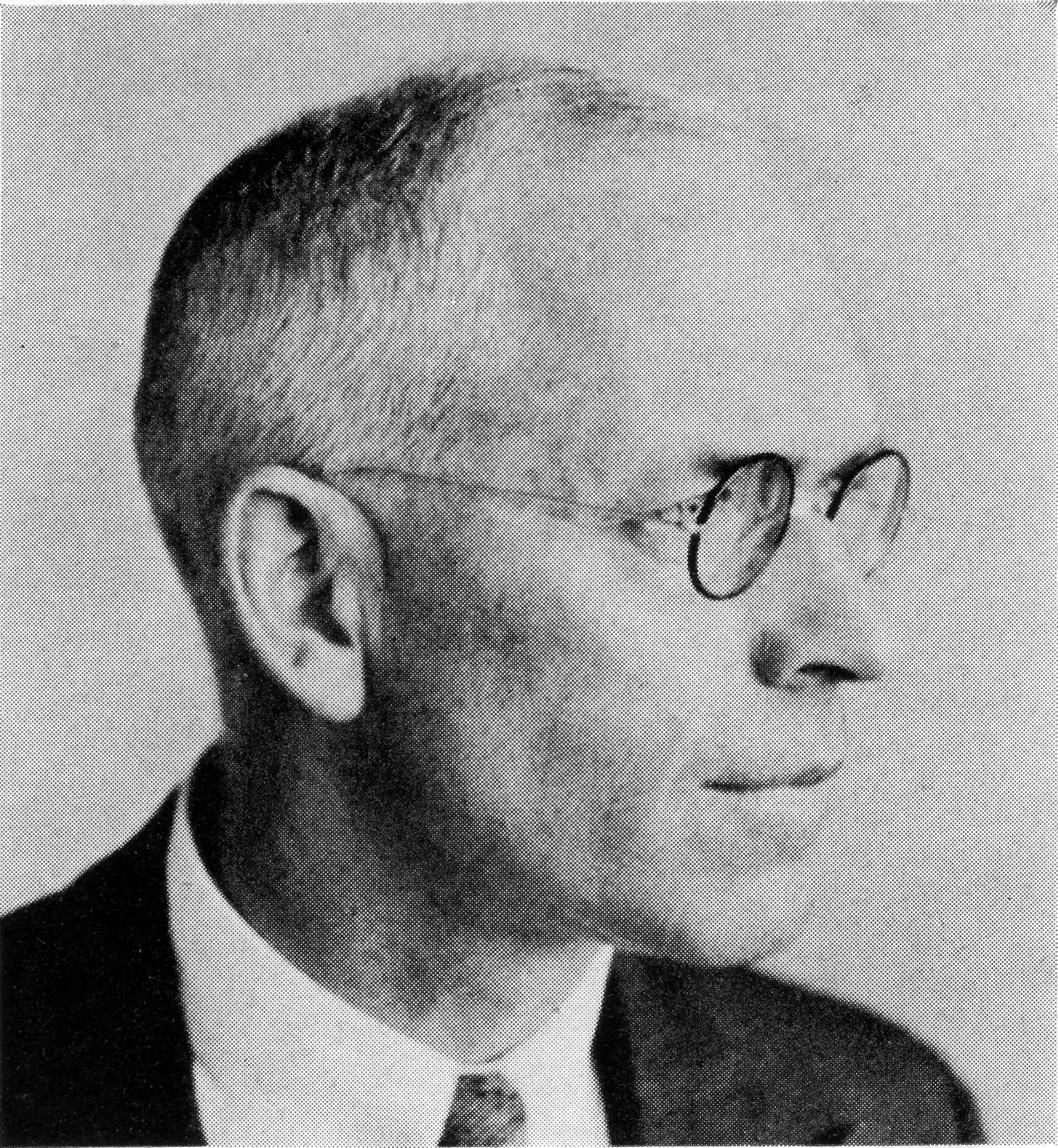|
1947 In South Africa
The following lists events that happened during 1947 in South Africa. Incumbents * Monarch: King George VI. * Governor-General and High Commissioner for Southern Africa: Gideon Brand van Zyl. * Prime Minister: Jan Christiaan Smuts. * Chief Justice: Ernest Frederick Watermeyer. Events ;March * 9 – The Three Doctors' Pact (also known as the Dadoo-Naicker-Xuma Pact) is signed by Dr A.B. Xuma (African National Congress), Dr Monty Naicker (Natal Indian Congress) and Dr Yusuf Dadoo (Transvaal Indian Congress). ;April * 18 – Mrs. Ples is discovered near Sterkfontein. ;May * 4 – The Natal Indian Organisation is formed. ;December * 29 – Marion Island is annexed by South Africa. Births * 23 March – Ray Phiri, musician (d. 2017) * 2 June – King Ingwenyama Mayitjha III of the Ndzundza-Mabhoko Southern Ndebele people. (d. 2005) * 2 July – George Weideman, poet and writer. (d. 2008) * 16 July – Roelf Meyer, politician. * 5 August ... [...More Info...] [...Related Items...] OR: [Wikipedia] [Google] [Baidu] |
King Of South Africa
From 1910 to 1961, the Union of South Africa was a self-governing country that shared a monarch with the United Kingdom and the other Dominions of the British Empire. The monarch's constitutional roles were mostly delegated to the governor-general of the Union of South Africa. South Africa became a republic and left the Commonwealth of Nations on 31 May 1961. On 31 May 1994, South Africa rejoined the Commonwealth as a republic, after the end of apartheid. History The monarchy was created by the South Africa Act 1909 which united four British colonies in Southern Africa: Cape of Good Hope, Natal, Orange River Colony and Transvaal. The act also made provisions for admitting Southern Rhodesia as a fifth province of the union in the future, but Southern Rhodesian voters rejected this option in a referendum held in 1922. South-West Africa became a League of Nations mandate of the union in 1915. Following a referendum on the subject, South Africa adopted a new constitution in 196 ... [...More Info...] [...Related Items...] OR: [Wikipedia] [Google] [Baidu] |
Southern Ndebele People
AmaNdebele are an Mbo ethnic group native to South Africa who speak isiNdebele language. AmaNdebele mainly inhabit the provinces of Mpumalanga, Gauteng and Limpopo, all of which are in the northeast of the country. Although both are part of the larger Mbo ethnic group, the South African Ndebele should not be confused with the AbaThwakazi of Zimbabwe who are a more recent offshoot of the Zulu. The amaNdebele are related to and considered part of the same nation as the maNdrebele who inhibit parts of Limpopo and Northwest provinces. The maNdrebele are constituted by three major tribes namely Gheghana, Mghumbhani and Mtjhatjhani. Both the amaNdebele and maNdrebele are descendants of the same ancestral king called Musi kaMhlanga. AmaNdebele are popular of their history with the Ndebele-Boer War of 1883. During the ruling of Nyabela in the Transvaal in Mpumalanga, amaNdebele were entangled in a war with Boers for hiding Kgosi Mampuru of the Pedi people and the tribal war is kno ... [...More Info...] [...Related Items...] OR: [Wikipedia] [Google] [Baidu] |
South Africa National Cricket Team
The South Africa national cricket team, also known as the Proteas, represents South Africa in men's international cricket and is administered by Cricket South Africa (CSA). South Africa is a full member of the International Cricket Council (ICC), with Test, One-Day International (ODI) and Twenty20 International (T20I) status. Its nickname derives from South Africa's national flower, ''Protea cynaroides'', commonly known as the "King Protea". South Africa entered first-class and international cricket at the same time when they hosted an England cricket team in the 1888–89 season. Initially, the team was no match for Australia or England but, having gained experience and expertise, they were able to field a competitive team by the first decade of the 20th century. The team regularly played against Australia, England and New Zealand through to the 1960s, by which time there was considerable opposition to the country's apartheid policy. The ICC imposed an international ban on ... [...More Info...] [...Related Items...] OR: [Wikipedia] [Google] [Baidu] |
South African Class 3E
The South African Railways Class 3E of 1947 was an electric locomotive. In 1947 and 1948, the South African Railways placed twenty-eight Class 3E electric locomotives with a Co+Co wheel arrangement in mainline service. Manufacturer The South African Railways (SAR) placed orders for the design and construction of the 3 kV DC Class 3E electric locomotive with Metropolitan-Vickers (Metrovick) in 1944. Although the locomotive was designed by Metrovick who also supplied the electrical equipment, its construction was subcontracted to Robert Stephenson and Hawthorns. Twenty-eight locomotives were delivered and placed in service in 1947 and 1948, numbered in the range from E191 to E218. Characteristics These dual cab locomotives have three windows between the side doors on one side and four on the opposite side. When the locomotive is observed from the side with three windows, its no. 1 end will be to the viewer’s left. As on the later Class 4E, the locomotive had side doors on both ... [...More Info...] [...Related Items...] OR: [Wikipedia] [Google] [Baidu] |
0-8-0
Under the Whyte notation for the classification of steam locomotives, represents the wheel arrangement of no leading wheels, eight powered and coupled driving wheels on four axles and no trailing wheels. Locomotives of this type are also referred to as eight coupled. Overview Examples of the 0-8-0 wheel arrangement were constructed both as tender and tank locomotives. The earliest locomotives were built for mainline haulage, particularly for freight, but the configuration was later also often used for large switcher (shunter) types. The wheel arrangement provided a powerful layout with all engine weight as adhesive weight, which maximised the tractive effort and factor of adhesion. The layout was generally too large for smaller and lighter railways, where the more popular wheel arrangement would often be found performing similar duties. Usage Austria Two 0-8-0 locomotives were delivered from Andre Koechlin & Cie in Mulhouse to the Austrian Southern Railway in 1862. They were ... [...More Info...] [...Related Items...] OR: [Wikipedia] [Google] [Baidu] |
South African Class S1 0-8-0
The South African Railways Class S1 0-8-0 of 1947 was a steam locomotive. In 1947, the South African Railways placed twelve Class S1 shunting steam locomotives with a 0-8-0 eight-coupled wheel arrangement in service, built in the Salt River workshops in Cape Town. A further 25, built in Scotland, were placed in service in 1954.Espitalier, T.J.; Day, W.A.J. (1947). ''The Locomotive in South Africa - A Brief History of Railway Development. Chapter VII - South African Railways (Continued).'' South African Railways and Harbours Magazine, May 1947. pp. 402-404.Espitalier, T.J. (1947). ''Locomotives Designed and Built in South Africa - The S1, in service this month, is not the first locally-built engine.'' South African Railways and Harbours Magazine, October 1947. pp. 841-843. The Class S1 was the fifth locomotive type to be designed and built in South Africa, after the Natal Government Railways 4-6-2TT ''Havelock'' of 1888, the Class 2C of 1910, the Class 20 of 1935 and the Cla ... [...More Info...] [...Related Items...] OR: [Wikipedia] [Google] [Baidu] |
South African Railways
Transnet Freight Rail is a South African rail transport company, formerly known as Spoornet. It was part of the South African Railways and Harbours Administration, a state-controlled organisation that employed hundreds of thousands of people for decades from the first half of the 20th century and was widely referred to by the initials SAR&H (SAS&H in Afrikaans). Customer complaints about serious problems with Transnet Freight Rail's service were reported in 2010. Its head office is in Inyanda House in Parktown, Johannesburg. History Railways were first developed in the area surrounding Cape Town and later in Durban around the 1840s. The first line opened in Durban on 27 June 1850. The initial network was created to serve the agricultural production area between Cape Town and Wellington. The news that there were gold deposits in the Transvaal Republic moved the Cape Colony Government (supported by British Government) to link Kimberley as soon as possible by rail to Cape Town ... [...More Info...] [...Related Items...] OR: [Wikipedia] [Google] [Baidu] |
Class 3E No
Class or The Class may refer to: Common uses not otherwise categorized * Class (biology), a taxonomic rank * Class (knowledge representation), a collection of individuals or objects * Class (philosophy), an analytical concept used differently from such group phenomena as "types" or "kinds" * Class (set theory), a collection of sets that can be unambiguously defined by a property that all its members share * Hazard class, a dangerous goods classification * Social class, the hierarchical arrangement of individuals in society, usually defined by wealth and occupation * Working class, can be defined by rank, income or collar Arts, entertainment, and media * "The Class" (song), 1959 Chubby Checker song * Character class in role-playing games and other genres *Class 95 (radio station), a Singaporean radio channel Films * ''Class'' (film), 1983 American film * ''The Class'' (2007 film), 2007 Estonian film * ''The Class'' (2008 film), 2008 film (''Entre les murs'') Television * ''Cl ... [...More Info...] [...Related Items...] OR: [Wikipedia] [Google] [Baidu] |
Class S1 3819 (0-8-0)
Class or The Class may refer to: Common uses not otherwise categorized * Class (biology), a taxonomic rank * Class (knowledge representation), a collection of individuals or objects * Class (philosophy), an analytical concept used differently from such group phenomena as "types" or "kinds" * Class (set theory), a collection of sets that can be unambiguously defined by a property that all its members share * Hazard class, a dangerous goods classification * Social class, the hierarchical arrangement of individuals in society, usually defined by wealth and occupation * Working class, can be defined by rank, income or collar Arts, entertainment, and media * "The Class" (song), 1959 Chubby Checker song * Character class in role-playing games and other genres *Class 95 (radio station), a Singaporean radio channel Films * ''Class'' (film), 1983 American film * ''The Class'' (2007 film), 2007 Estonian film * ''The Class'' (2008 film), 2008 film (''Entre les murs'') Television * ''Cl ... [...More Info...] [...Related Items...] OR: [Wikipedia] [Google] [Baidu] |
Busi Mhlongo
Busi Mhlongo (28 October 1947 – 15 June 2010), born as Victoria Busisiwe Mhlongo, was a singer, dancer and composer originally from Inanda in Natal, South Africa. Biography Mhlongo drew on various South African styles such as Mbaqanga, Maskanda, Marabi and traditional Zulu, fused with contemporary elements from jazz, funk, rock, gospel, rap, opera, reggae and West African music. Her lyrics carry poignant messages and she had a care-free way of performance that included performing bare-foot. In the 1960s, she adopted the artistic name Vickie; only later did she become known by Busi Mhlongo. She was an initiated sangoma, which heavily influenced her music. In the 1970s, Mhlongo relocated to London, later recording with other South African artists who were living in exile, such as Dudu Pukwana and Julian Bahula. By the 1980s, she performed internationally, performing with other well-renowned artists such as Salif Keita. By the early 1990s, she began releasing her ow ... [...More Info...] [...Related Items...] OR: [Wikipedia] [Google] [Baidu] |
Sandra Prinsloo
Sandra Prinsloo (born 15 September 1947), also known as Sandra Prinzlow, is a South African actress best known internationally for her role as Kate Thompson in the 1980 film ''The Gods Must Be Crazy''. Prinsloo has also appeared in numerous South African television, film, and stage productions. Early life and career Prinsloo has stated that she never expected to become an actress."Behind the Icon – Leading Lady: Sandra Prinsloo" News 24. 21 December 2014. Retrieved 6 June 2015. "I was a ballet dancer from a very early age and I remember that I occasionally ushered at the Breytenbach Theatre in Pretoria when I was in high school. That’s the first time I came into contact with professional stage acting, but I never thought I’d be an actress . ... [...More Info...] [...Related Items...] OR: [Wikipedia] [Google] [Baidu] |
Televangelist
Televangelism (wikt:tele-, tele- "distance" and "evangelism," meaning "Christian ministry, ministry," sometimes called teleministry) is the use of media, specifically radio and television, to communicate Christianity. Televangelists are minister (Christianity), ministers, whether official or self-proclaimed, who devote a large portion of their ministry to television broadcasting. Some televangelists are also regular pastors or ministers in their own places of worship (often a megachurch), but the majority of their followers come from TV and radio audiences. Others do not have a conventional congregation, and work primarily through television. The term is also used derisively by critics as an insinuation of aggrandizement by such ministers. Televangelism began as a uniquely American phenomenon, resulting from a Television in the United States, largely deregulated media where access to television networks and cable TV is open to virtually anyone who can afford it, combined with a Ch ... [...More Info...] [...Related Items...] OR: [Wikipedia] [Google] [Baidu] |
.jpg)




